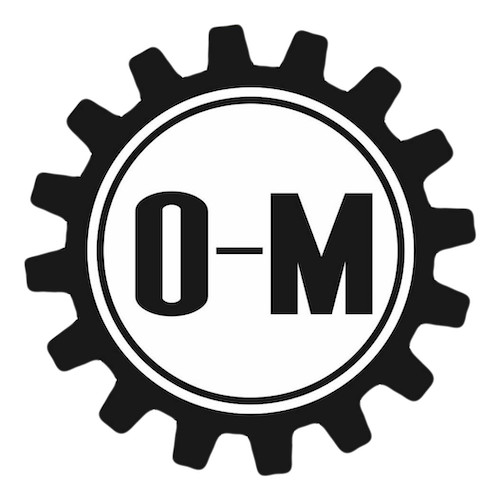Fascia is a key part of our body’s connective tissue system, but it doesn’t always get the attention it deserves. Fascia tissue is like a web that surrounds and supports your muscles, organs, and other parts of your body. For anyone who wants to move well and and feel their best, it’s important to understand fascia, what happens when it gets stuck, and how neuromuscular therapy (NMT) can help.
What Is Fascia Tissue?
Think of fascia as the body’s internal support network. It’s a flexible, fibrous tissue made of collagen and elastin fibers, and wraps around your muscles, bones, and organs. There are four main types of fascia:
- Superficial Fascia – Located right under your skin, providing cushioning and insulation.
- Deep Fascia – This type surrounds your muscles and bones, it helps to stabilize and support these structures.
- Visceral Fascia – Surrounds internal organs, this type aids in their proper positioning and function.
- Parietal Fascia – Lines the walls of certain body cavities (ex. around the pelvis).
NMT focuses primarily on superficial and deep fascia, keeping it moving freely. These types of fascia are most likely to cause problems when not functioning properly – and often the most common reason for pain.
Adhesions Keep You Stuck And In Pain
Fascia is designed to be flexible, allowing muscles and bones to glide smoothly during movement. But, it can become restricted due to various factors like injury, poor posture, repetitive stress, or inflammation. When fascia becomes tight and aggravated, it gets a bit…sticky. Instead of the smooth gliding, parts of the fascia become stuck to underlying tissues causing restricted movement and pain.
How Neuromuscular Therapy Can Help
Fascia plays a big role in how your body moves and feels. When it gets stuck or tight, it can lead to pain and restricted range of motion, among other issues. Neuromuscular therapy is a specialized form of manual therapy that specifically targets these concerns. It helps to loosen up the fascia, reduce pain, and improve your overall mobility.
Our patients often report improvement after the very first visit! This is not your average bodywork. If you’re struggling with discomfort or limited movement, neuromuscular therapy could be a valuable part of your path to feeling better and moving more freely. To learn more about our methods or to book an appointment, contact us today! We look forward to seeing you soon.


